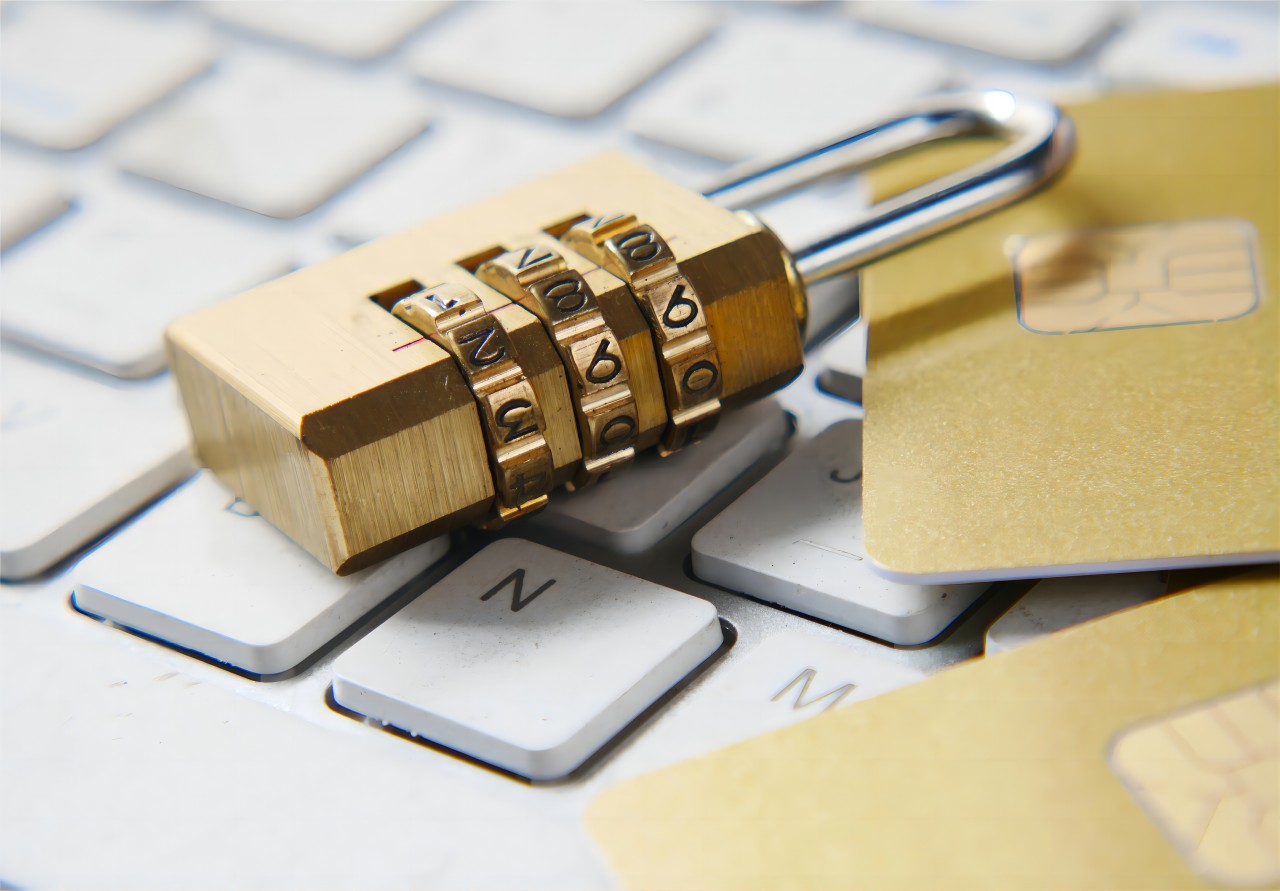In today’s digitally connected world, securing your home network and managing connected devices is more important than ever. Ensuring that your network is secure protects your personal information and prevents unauthorized access. This comprehensive guide will walk you through the steps to secure your network and manage the devices connected to it.
Securing Your Network
1. Change Default Router Settings
Admin Password: The first step in securing your network is to change the default admin password of your router. Default passwords are often easy to guess and can be a security risk. Use a strong, unique password that includes a mix of letters, numbers, and symbols.
Network Name (SSID): Change the default SSID (network name) to something unique. Avoid using personal information that can easily identify you.
2. Enable Network Encryption
WPA3 Security: Use WPA3 encryption if your router supports it. WPA3 is the latest and most secure Wi-Fi encryption standard. If WPA3 is not available, use WPA2. Avoid using WEP, as it is outdated and easily hacked.

3. Update Router Firmware
Regular Updates: Keeping your router’s firmware up to date is crucial for security. Manufacturers release updates to fix vulnerabilities and improve performance. Most modern routers offer automatic updates, but you can also check for updates manually through the router’s settings page.
4. Disable WPS
WPS (Wi-Fi Protected Setup): While WPS can make it easier to connect devices to your network, it also poses a security risk. Disable WPS in your router settings to prevent unauthorized access.
5. Use a Guest Network
Separate Network for Guests: Setting up a guest network isolates your main network from guest devices. This prevents guests from accessing your personal files and devices. Most modern routers allow you to create a guest network with a separate SSID and password.
6. Enable Network Firewall
Built-in Firewall: Most routers come with a built-in firewall that provides an additional layer of protection. Ensure the firewall is enabled in your router settings.
7. Use VPN
Virtual Private Network (VPN): A VPN encrypts your internet traffic, providing an extra layer of security and privacy. Use a reputable VPN service, especially when accessing your network remotely.

Managing Connected Devices
1. Monitor Connected Devices
Regular Checks: Regularly check the list of devices connected to your network. Most routers provide a way to view connected devices through the admin settings. This helps you identify any unauthorized devices.
Device Identification: Rename connected devices with identifiable names to keep track of them easily. This is particularly useful in large households with multiple devices.
2. Implement MAC Address Filtering
MAC Filtering: MAC address filtering allows you to specify which devices can connect to your network based on their MAC addresses. This adds an extra layer of security by allowing only authorized devices to connect.
3. Set Up Parental Controls
Content Restrictions: Use parental controls to restrict access to inappropriate content and set usage limits for children. Parental controls can be configured through your router’s settings or through third-party software.
4. Limit Device Access
Device Prioritization: Use Quality of Service (QoS) settings to prioritize certain devices or types of traffic. This ensures that critical devices (like work computers or gaming consoles) get the necessary bandwidth for optimal performance.
Temporary Access: For devices that only need temporary access, consider setting up a time-limited guest network or using access schedules to restrict network access during certain times.
5. Use Strong Passwords
Unique Passwords: Ensure that each device connected to your network uses strong, unique passwords. This includes smart home devices, which are often overlooked in security considerations.
Password Management: Use a password manager to generate and store complex passwords for your devices and accounts.

6. Regular Device Updates
Firmware and Software Updates: Keep the firmware and software of all connected devices up to date. Manufacturers regularly release updates to fix security vulnerabilities and improve functionality.
7. Secure IoT Devices
Separate Network for IoT: Consider setting up a separate network for IoT (Internet of Things) devices. IoT devices often have weaker security features and can be a gateway for attackers. Isolating them on a separate network reduces the risk to your main network.
Disable Unnecessary Features: Disable features and services on IoT devices that you do not use. This reduces the attack surface and improves security.
Advanced Security Measures
1. Network Segmentation
VLANs: Use Virtual Local Area Networks (VLANs) to segment your network into different sections. This can help contain security breaches and improve overall network management.
Separate Subnets: Assign different subnets to different types of devices (e.g., work devices, personal devices, IoT devices). This can help manage traffic and improve security.
2. Intrusion Detection Systems (IDS)
Network Monitoring: Implement an IDS to monitor network traffic for suspicious activity. An IDS can alert you to potential security threats and help you take action before any damage occurs.
3. Regular Security Audits
Professional Audits: Consider hiring a professional to conduct regular security audits of your network. A professional can identify vulnerabilities that you might have missed and provide recommendations for improvement.
Self-Audits: Perform self-audits by regularly checking security settings, reviewing connected devices, and updating passwords and firmware.
4. Educate Your Household
Security Awareness: Educate everyone in your household about the importance of network security. Teach them how to recognize phishing attempts, use strong passwords, and avoid downloading suspicious files.
Regular Updates: Keep your household informed about any changes to network security policies or new security measures you implement.
By following these comprehensive steps, you can secure your home network and effectively manage the devices connected to it. A secure network not only protects your personal information but also ensures a smooth and reliable internet experience for everyone in your household.


Leave a Reply